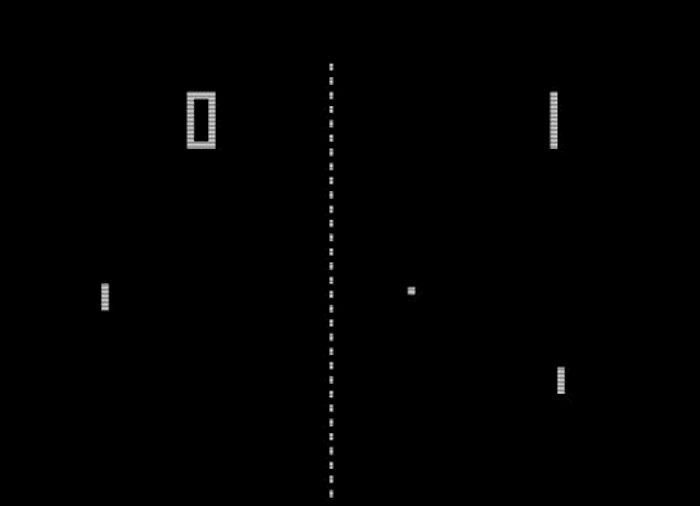Pong Is Being Played By Brain Cells Grown In A Dish
Researchers have figured out how to make brain cells in a petri dish actually play the game of Pong. Can't tell if this is scary or awesome.
This article is more than 2 years old

So many people have played some version of Pong, be it a 1972 original arcade version manufactured and released by Atari or any of its remakes that launched over the years. Even some simians have played it, thanks to Elon Musk’s Neuralink. Well, the number of “sentients” playing the iconic table tennis-themed game has just increased, as scientists from Cortical Labs have been teaching human brain cells to play the game — from their modified Petri dish.
According to NewScientist, hundreds of thousands of human brain cells in a dish are being taught to play Pong by responding to electric pulses, which improves their performance more quickly than an AI can. Many scientific teams around the world have been growing and studying networks of neurons in dishes, often growing them into brain-like organoids or even placing them in mice for research purposes. However, this is the first time these cerebral organoids have been found to perform goal-directed tasks.
How’d they roll with this Pong test? Well, researchers at Cortical Labs, a company that explores biological neuron integration with traditional silicon computing, grew a network of neurons and placed them into something akin to a simple version of The Matrix via micro-electrode interfaces. We can’t tell you how the primitive version of The Matrix functions, but said interfaces pulse with electric signals, which convince the miniature cerebral organoids that they’re the paddles inside a single-player game of Pong.

The “plugged” neutrons can move the in-game, or in this case, the in-sim Pong paddles, and use them to stop Pong’s relentless bouncing ball from passing by them, just as human players would try to. However, what’s really impressive about this research experiment is how quickly these brain cells learn how to control the paddles. Cortical Labs Chief Science Officer Brett Kagan said that AI would usually take around 90 minutes to learn what to do with the paddles, where the cortical organoids seemed to have learned it in only 5 minutes.
It only goes to show just how immensely powerful these biological computers are, much more than our brains. An average human brain has 100 billion CPU cores (neurons), all running in parallel, with each core running at roughly 400-1000 GHz. And the best part about them is that they consume less than 100 Watts of power while running continuously for 70 years. Unfortunately, despite their immense computing capabilities, human brains aren’t really DirectX compatible, so they can’t be used as gaming rigs.
With everything said, the AI contender of the research experiment, though showing slower learning capabilities, became much more effective at playing Pong after learning it. The research team at Cortical Labs hopes to use studies like these to combine live neurons into traditional, silicon-based computing, allowing modern computers to solve problems in situations with unknown variables, most likely through combinatorics, which is one of the basic learning principles found in young children. This research could be used to solve the numerous issues of autonomous robotics, which include energy inefficiency and limited learning capabilities.












